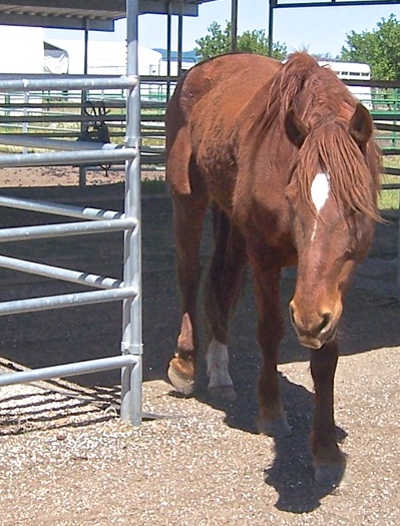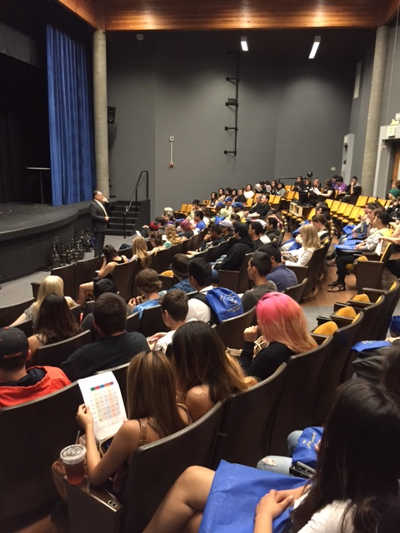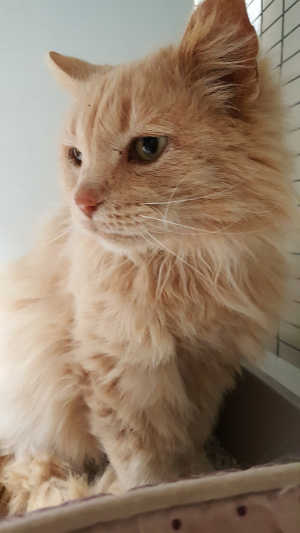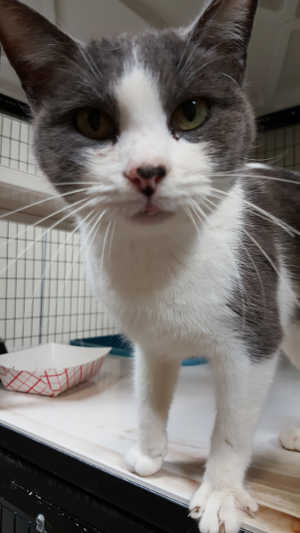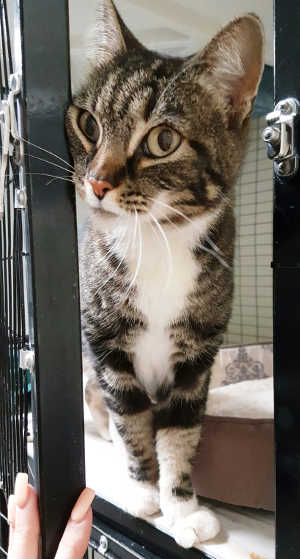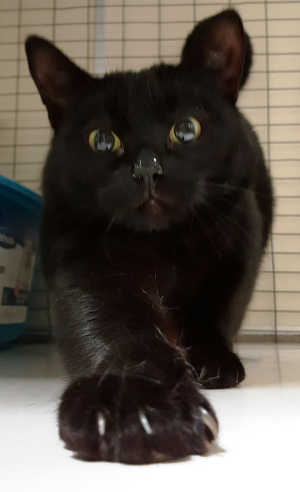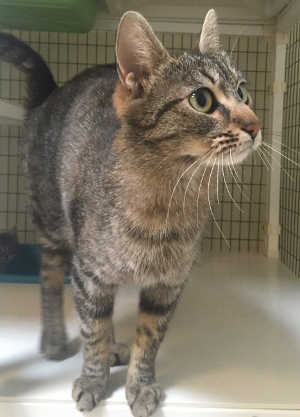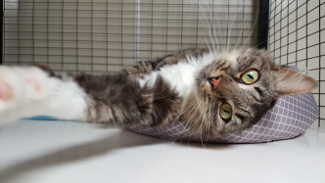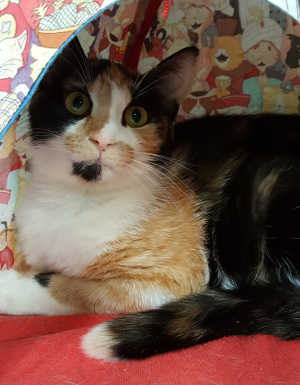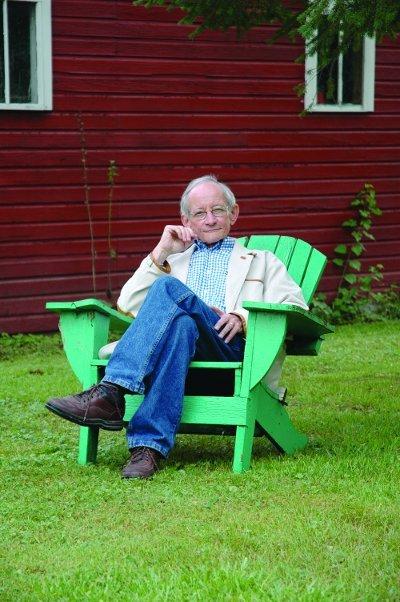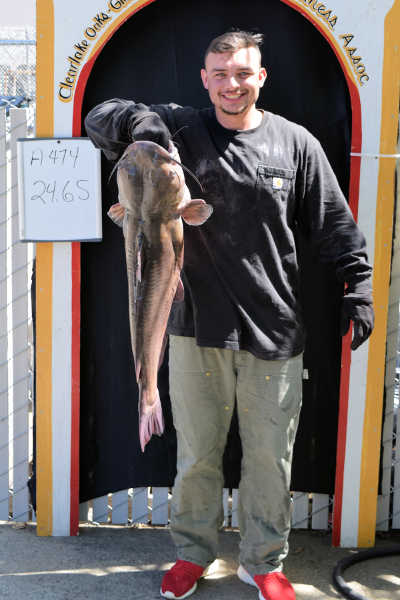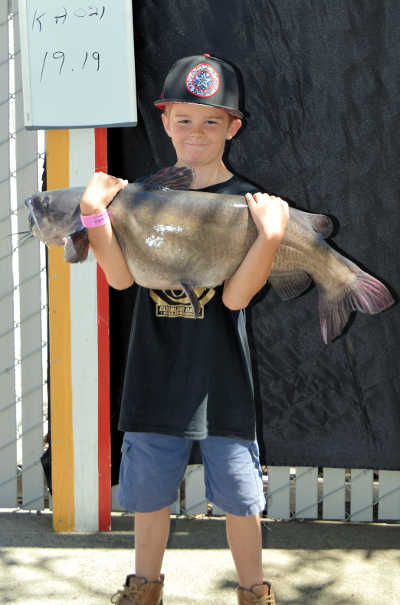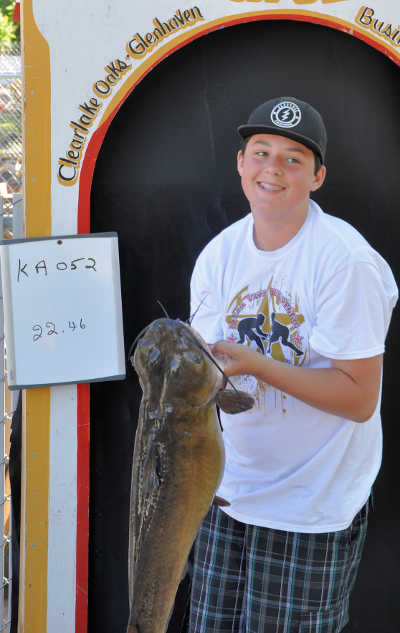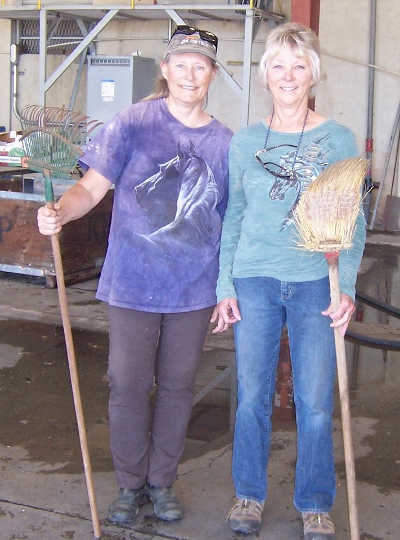
LAKE COUNTY, Calif. – An organization that responded to assist dozens of families, their livestock and horses following the Valley fire has closed its Kelseyville donations depot.
Sonoma Action for Equine Rescue ended its Valley fire relief work at the end of April, according to founder Kate Sullivan.
“In the end, we did not turn down a single person,” Sullivan told Lake County News.
Sullivan said her organization provided food and supplies out of its Kelseyville depot – as well as another location in Middletown – to 60 families and individuals.
“In the first week or so we just filled up trucks that were going into the fire zones to feed animals or taking stuff to Middletown,” she said. “We gave four semis of hay out to the Butte fire victims as well.”
Sonoma Action for Equine Rescue – SAFER for short – was one of the countless organizations from inside and outside of Lake County involved in relief and assistance for Valley fire survivors, as Lake County News has reported.
The organization – founded in 2007 by Sullivan, who lives in Sebastopol – has worked in Lake County for years, offering a hay assistance program in partnership with Rainbow Ag.
SAFER sprang into action immediately after the fire began on Sept. 12, eventually burning more than 76,000 acres over a month's time. Sullivan was driving back from a horse auction in the Central Valley with a trailer load of horses when she heard about the fire.
The day after the fire began its horrific sweep through southern Lake County, Sullivan and SAFER began offering help for large animals and livestock and their owners.
Since that time, SAFER had operated hay depots in donated space in Middletown and at Adobe Creek Packing in Kelseyville, she said.
“I had no idea how big it was going to be,” said Sullivan.
Sullivan said that, based on her need to find homes for horses, she had established a good network around Northern California.
“I put it out there, I said, 'Help, help now,'” she said.
Her network responded, donating hundreds of thousands of dollars worth of tack, equipment, hay and other food for cows, goats, horses, llamas and sheep for nearly eight months.
As a sample of the many donations, Sullivan said riding groups from around the region brought tack and equipment. People donated money. Veterinarian Dr. Lisa Takesue collected donations and matched them. Highway 20 Feed brought fencing. Adobe Creek Packing donated 300 new pallets for stacking supplies, plus space for the depot.
Cash donations were used to purchase gift certificates at Kelseyville Lumber, said Sullivan.
One of the concerns was food supply for the animals. “I recognized immediately what went up in flames was the entire year's worth of hay,” she said, explaining that by September most people had the hay their animals needed for the winter purchased and secured.
Sullivan estimated that they took in at least 20 semi truck loads of hay – some of them double semi loads – plus a semi load of Equine Senior horse feed.
Sullivan said SAFER received a grant from the American Society for the Prevention of Cruelty to Animals. Some of those funds were used to purchase more hay from a Kelseyville farmer, she said, adding that they wanted to make purchase from local businesses.
As they were collecting the donations, Sullivan said they needed a storage depot. She said Adobe Creek packing was perfect, offering them the safe, secure and sheltered space where hay and tack could be stored through the winter months. The location also was accessible to the semi trucks delivering supplies.
She said they had no theft issues. That was a concern because they had heard many stories of survivors being ripped off, coming home to find barns and tack rooms still standing but tack and equipment gone – probably heading to auctions in the Central Valley.

Getting the help to those who needed it
Sullivan downplayed her own role in the relief effort – “My job is to have the right ideas at the right time and keep the organization afloat” – and gave much of the credit to Lakeport resident Carleene Cady, who coordinated not just receiving supplies but distributing them.
Cady brought to the work skill sets that were tailor made for the need – she's a horsewoman herself and a retired nurse practitioner who had worked in a Sonoma County hospital emergency room.
Not only is Cady meticulous and ordered, she knows how to relate to people experiencing deep, life-shaking trauma with patience and mercy.
Sullivan called Cady's work “just unbelievable,” adding, “She found out what the exact needs were, what was standing between them and getting back on their land.”
Cady, who met with Lake County News at the depot as it was continuing to operate during the winter, would arrange to meet with people who needed supplies, and kept specific, detailed records of donations and distributions, which Sullivan said was necessary for tax reporting.
Cady said that what became clear to them during their response to the disaster was that sometimes in the midst of great trials it's the little things – and the items normally taken for granted – that are the dearest: a hoof pick, a roll of duct tape, a new pair of hay hooks, a screwdriver.
In her interactions with Valley fire survivors, Cady heard harrowing stories of rescues, such as how several young women, riding bareback, ponied horses out of harm's way.
And, of course, there was the deep loss for those whose animals died or were injured so seriously they had to be euthanized.
Sullivan said Cady worked primarily with horse people, while Kevin Tighe of North Coast Barns in Middletown helped those who had cattle, distributing hay from a depot set up there.
Initially, SAFER had anticipated having completed its work earlier in the spring, but Sullivan said they needed to remain open longer while people worked to rebuild place for their animals, hay and equipment.
“We held that in trust for dozens of people,” she said.
But they also knew that at some point, once people began receiving their insurance payments and rebuilding, they had to return to local commerce. “They had to support their feed stores and hay growers,” Sullivan said.
On the SAFER Facebook page, the Simon family left a message at the start of March thanking the organization for its help.
Annie Simon wrote that because of the fire, they lost their barn, a year's worth of hay, grain, horse medications and all of our tack.
“With 4 horses, 2 ponies and a mini we were worried. SAFER was there to provide hay, grain, tack, brushes, fencing materials, you name it! I don't know what we would have done without them,” she said, adding high praise for Cady. “SAFER got us through the winter. Thank you!”
“We know what a difference we made in those lives and it was incredibly satisfying and it was incredibly successful,” Sullivan said of those they were able to help.
Altogether, Sullivan said SAFER took in the most donations in its history – more than $300,000, mostly in the form of supplies, not cash. All of it was disbursed to Valley fire survivors.
In closing up the last depot at the pear packing shed in Kelseyville, Sullivan said Cady “just spit polished that place,” even taking hay out of the remaining pallets. “It makes me proud that we left the place brand spanking new.”
Meanwhile, SAFER is continuing its horse rescue work. “I'm getting ready to go out to the auction again,” Sullivan said. “I love to do this. I wish it paid better. I wish it paid at all.”
In a sort of postscript to SAFER's Valley fire efforts, Sullivan said the organization has just taken in a horse that survived the fire.
It's the only Valley fire horse that was surrendered to SAFER, she said. For the most part, “People were quite desperate to get them back.”
SAFER provided hay for the owners of the sorrel horse, named “GT,” but he's had a lot of health issues and they decided to turn him over to the rescue group, Sullivan said.
GT and another horse were set loose during the evacuation, and he suffered some burns on his legs and the underside of his body, she said.
“I so relate to this guy. I get it,” said Sullivan, explaining that she believes that GT – who arrived in Sonoma County last Sunday – has post traumatic stress disorder, which is contributing to the fear he is experiencing.
GT is a handsome 11 year old gelding, standing 16 hands tall. He's sorrel in color, with a rear left white sock and a white star on his forehead.
Sullivan said GT is in need of an advocate and a permanent home. He is a very well-trained horse that had been used in competition at some point but later left in a field for eight years, and could again be a nice riding horse, Sullivan added.
For more information about SAFER, as well as how to donate or adopt, visit http://www.saferhorse.com/ or follow the group on Facebook at https://www.facebook.com/SAFERHORSE/ .
Email Elizabeth Larson at This email address is being protected from spambots. You need JavaScript enabled to view it. . Follow her on Twitter, @ERLarson, or Lake County News, @LakeCoNews.
